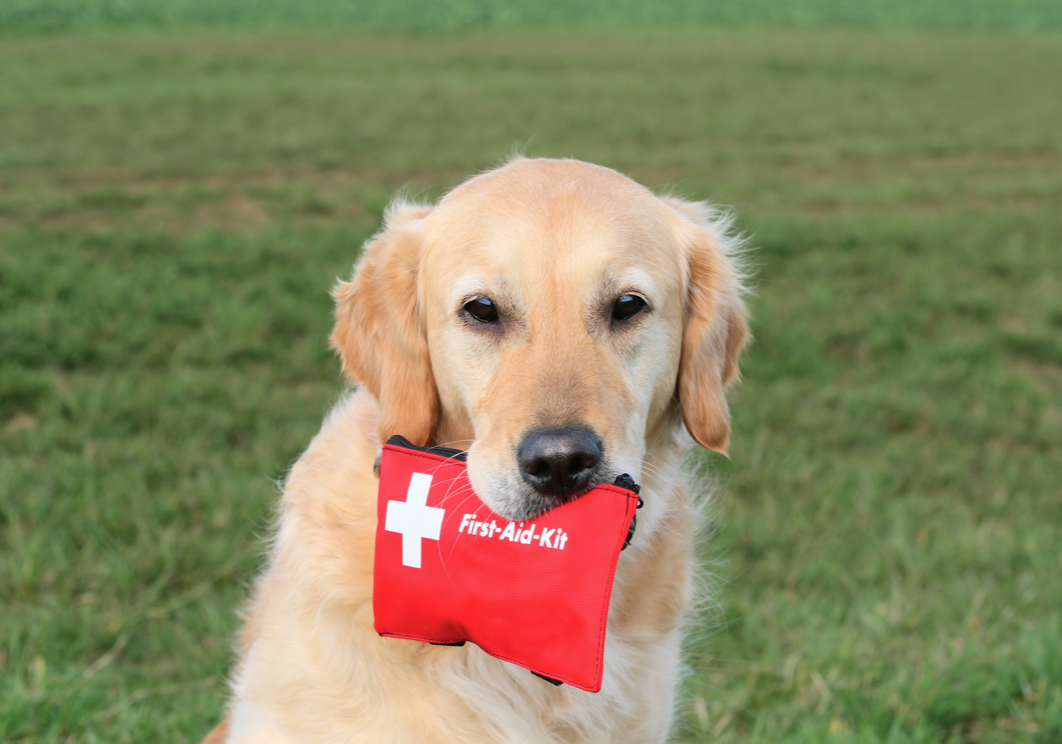
Unconditional Rescue’s Guide to Keeping Your Furry Friend Safe
Understanding pet first aid is a crucial skill for every pet owner. By equipping yourself with the knowledge of first aid procedures, you become a proactive caregiver, ensuring your furry friend’s well-being during unexpected health situations. In this guide, Unconditional Rescue provides essential tips and advice to help you become the first line of defense for your beloved canine companion.
Prioritize Preventive Care
Regular veterinary check-ups are key to maintaining your dog’s health. These appointments allow early detection of any signs of illness and prevent further complications. Speak to your vet about recommended tests and vaccinations during these visits to keep your dog in optimal health.
Learn Basic First Aid
Knowing how to handle common dog injuries and illnesses can be lifesaving. Learn procedures such as CPR and proper wound care. You can watch this informative video demonstrating CPR for dogs in emergencies.
Have a First Aid Kit with the Essential Supplies
Prepare a pet first aid kit containing important items like gauze, “Vet Tape”, scissors, a muzzle, and a digital thermometer. Include essential products like Vetericyn for wound care and hydrogen peroxide to induce vomiting (but only when directed by a vet or poison control). Consult your vet for other specific recommendations, and remember to never administer any medication without professional guidance!
Poison Control
Be aware of household items and foods that are toxic to dogs. Familiarize yourself with common poisonous substances and have the number for a pet poison control center or the U.S. poison control hotline (800-222-1222) readily available. Act promptly if you suspect your dog has ingested something harmful. Check out this complete list of potentially dangerous items for your dog.
Know Your Dog’s “Normal”
Monitoring your dog’s behavior and habits is crucial. Pay attention to small changes in eating habits, energy levels, personality, or bathroom habits, as they may indicate underlying health issues. Trust your instincts as you are your dog’s advocate.
Maintain a Safe Environment
Create a safe environment by pet-proofing your home. Secure loose wires, remove small items that can be swallowed or choked on, and block off hazardous areas. Check out our blog for a complete list of tips and tricks on dog-proofing your house.
Research Your Dog’s Breed to Understand Breed-Specific Health Concerns
 Certain breeds are prone to specific illnesses, diseases, and injuries. Knowing about the different health issues that your dog may be predisposed to will help you detect symptoms early and stay informed on what to do when/if your dog does get sick.
Certain breeds are prone to specific illnesses, diseases, and injuries. Knowing about the different health issues that your dog may be predisposed to will help you detect symptoms early and stay informed on what to do when/if your dog does get sick.
If you want to do a deep dive, you can check out this extremely informative “Guide to Congenital and Heritable Disorders in Dogs” by HSVMA. You can also look up your dog’s specific breed on the AKC.org website or ask your vet.
Nothing Beats Professional Veterinary Care
While these tips are valuable, they do not replace professional veterinary advice. In case of serious illness or injury, contact a vet immediately. Keep your local vet’s contact details and the information of an emergency veterinary clinic in your first aid kit and phone for quick access.
You Got This
 By embracing pet first aid, you demonstrate your love and commitment to your furry companions’ well-being. From regular check-ups and basic first aid knowledge to maintaining a safe environment and being aware of breed-specific concerns, you become the lifeline of love and care for your pet. Remember, when emergencies arise, you have the power to provide comfort and aid until professional help arrives. Equip yourself with the right knowledge and be prepared to offer your furry friend the care they deserve.
By embracing pet first aid, you demonstrate your love and commitment to your furry companions’ well-being. From regular check-ups and basic first aid knowledge to maintaining a safe environment and being aware of breed-specific concerns, you become the lifeline of love and care for your pet. Remember, when emergencies arise, you have the power to provide comfort and aid until professional help arrives. Equip yourself with the right knowledge and be prepared to offer your furry friend the care they deserve.
